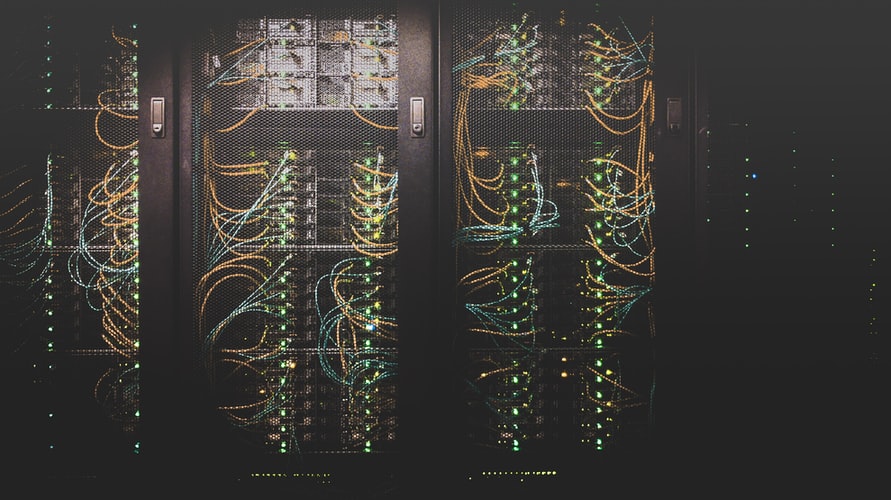A data center, as defined in TIA/EIA-942, Telecommunications Infrastructure Standard for Data Centers is a building or portion of a building whose primary function is to house a computer room and its support areas. The main functions of a data center are to centralize and consolidate information technology (IT) resources, house network operations, facilitate business, and to provide uninterrupted service to mission-critical data processing operations. Data centers can be classified as either enterprise (private) data centers or co-location (colo)/hosting (public) datacenters. Enterprise data centers are privately owned and operated by private corporate, institutional, or government entities. Enterprise data centers support internal data transactions and processing, as well as Web Services, and are supported and managed by internal IT support. Co-lo data centers are owned and operated by telecoms or unregulated competitive service providers and offer outsourced IT services. Services that data centers typically provide include Internet access, application or Web hosting content distribution, file storage and backup, database management, fail-safe power, HVAC controls, security, and high-performance cabling infrastructure. The functional areas of the data center can be broken
down into three zones
a) Point of Presence (POP) Zone
b) Server Area Zone
c) Storage Network Zone
POP Zone
This area of the data center is sometimes referred to as the “meet me” room. It is typically the
area where the service provider enables access to their networks. This area contains many
routers and core switches.
Server Zone
This area of the data center provides the front-end connection to the servers. This area
contains many switches and servers. The protocols used to communicate in this area are
Gigabit and 10 Gigabit Ethernet.
Storage Zone
This area of the data center provides the back-end connection to data. This area contains many
types of storage devices. The protocols used to communicate in this area are Fiber Channel
Ethernet and small computer system interface (SCSI)




